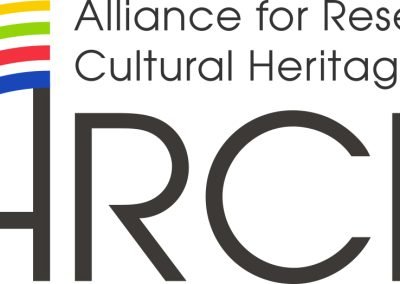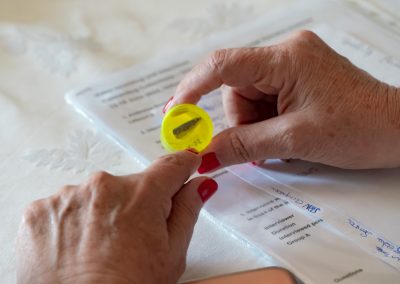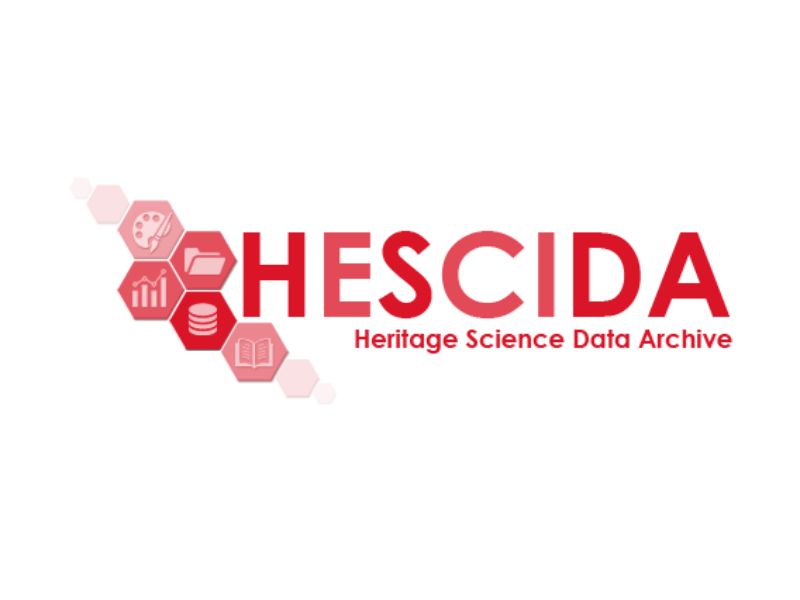European research
We generate and share new knowledge to understand and preserve heritage.
E-RIHS is open to the adhesion or association of EU and non-EU countries, towards the long-term objective of operating at the global level.
Our community is therefore already pursuing a policy open to international cooperation, with many successes along its way.
Current projects
These are the projects that E-RIHS is actively working on within Europe, together with other organizations having scientific infrastructure in their heritage.
Archived projects
The timeline below shows visually the journey towards E-RIHS ERIC, which started in 1999 and continues to this day. Meanwhile, our community has grown and strengthened. We are now ready to become an operational research infrastructure!
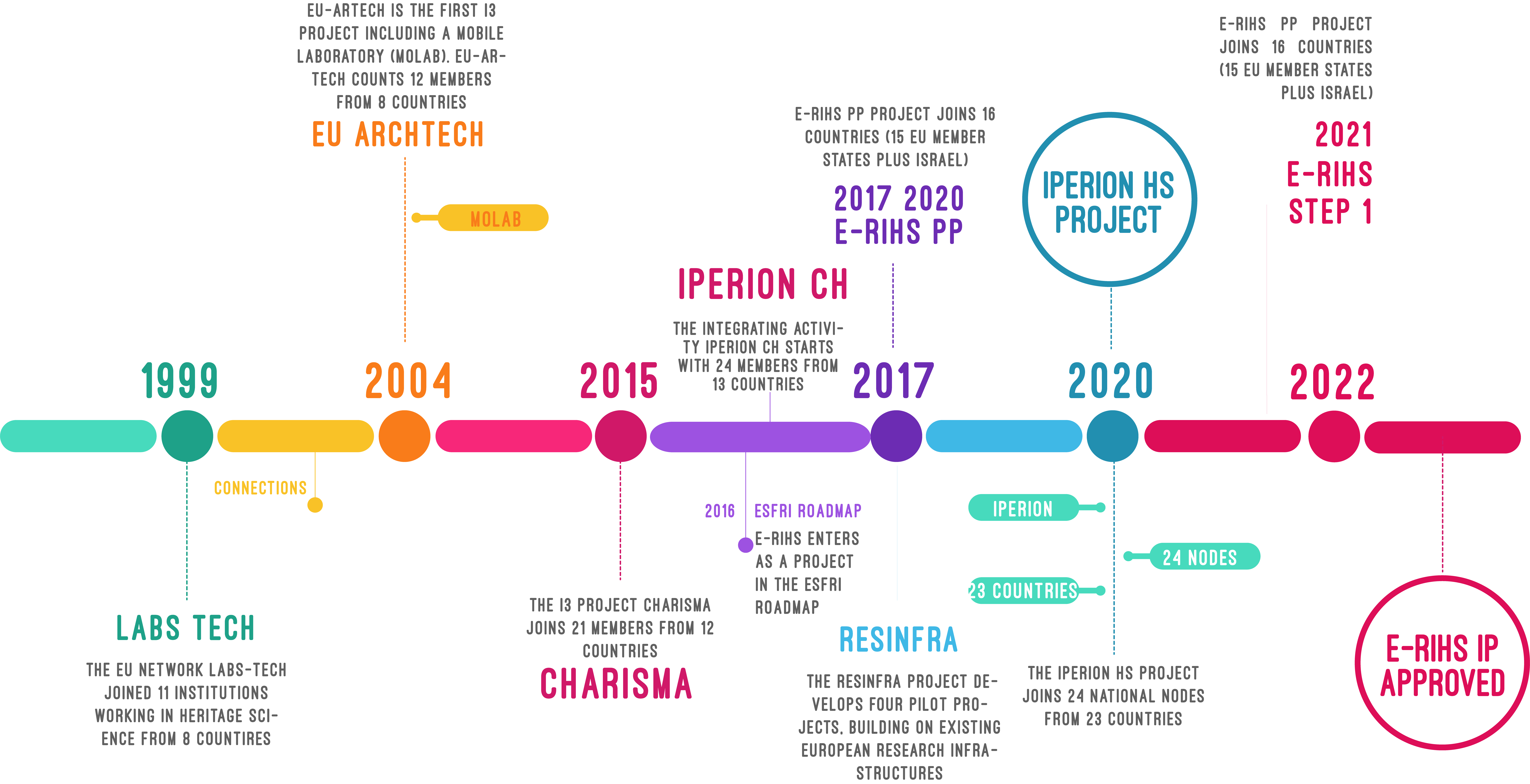
The way forward
2022 – Expected deadline for E-RIHS ERIC Step 2 submission
2022-2024 – E-RIHS Implementation Phase
Archived
2022 – E-RIHS IP is approved
2021 – E-RIHS Step 1 submitted
2020 – The IPERION HS project joins 24 national nodes from 23 countries
2019-2023 – The ResInfra project develops four pilot projects, building on existing European research infrastructures
2017-2020 – E-RIHS PP project joins 16 countries (15 EU Member States plus Israel), 2 ERICs and 3 institutions representing scientific communities.
2016.03.10 – E-RIHS enters as a project in the ESFRI roadmap.
2015-2019 – The integrating activity IPERION CH starts with 24 members from 13 countries
2009-2014 – The I3 project CHARISMA joins 21 members from 12 countries
2004-2009 – EU-Artech is the first I3 project including a Mobile Laboratory (MOLAB). EU-Artech counts 12 members from 8 countries
1999-2002 – The EU network Labs-TECH joined 11 institutions working in heritage science from 8 countries
International collaborations
We are the only pan-European Research Infrastructure serving the Heritage Science field. We are collecting a strong interest from prominent international institutions and activating important collaborations.
Through these strong collaborations, we aim to present ourselves as a reference for scientific research not only in Europe but worldwide.
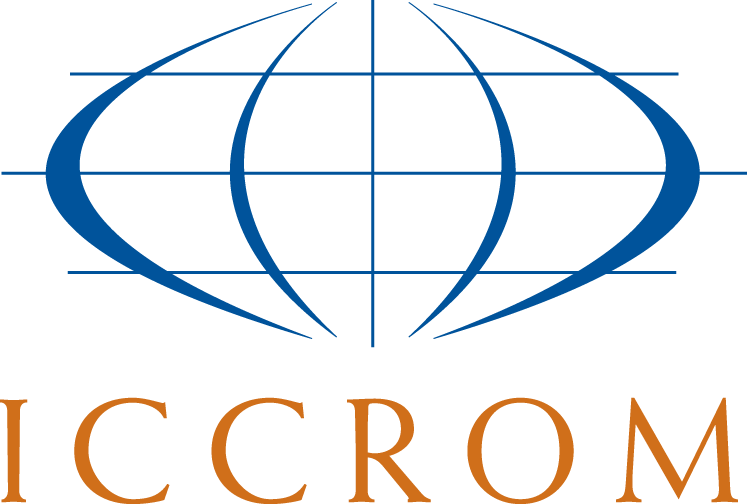
ICCROM
International Centre for the Study
of Preservation and Restoration of Cultural PropertyICCROM is the only institution of its kind with a worldwide mandate to promote the conservation of all types of cultural heritage. It is an intergovernmental organization at the service of our Member States. It contributes to the worldwide conservation and restoration of cultural property by initiating, developing, promoting and facilitating conditions for such conservation and restoration. It has five main areas of activity: training, information, research, cooperation and advocacy.
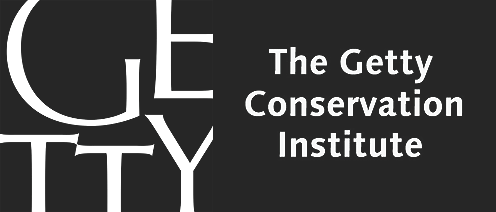
GCI
Getty Conservation Institute GCI
GCI is a private, nonprofit institution that works internationally to advance conservation practice through research, education, applied fieldwork, and the dissemination of knowledge. Based in Los Angeles, the GCI focuses on the creation and delivery of knowledge that contributes to the conservation of the world’s cultural heritage. With its multidisciplinary staff, the GCI develops innovative approaches and model conservation strategies for built heritage and collections, and serves as a trusted source of information and education for the cultural conservation community.
http://www.getty.edu/conservation/
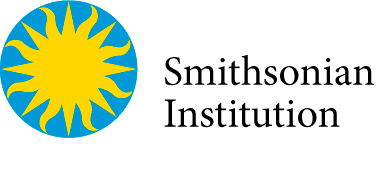
S. Institution
Smithsonian Institution
The Smithsonian Institution is the world’s largest museum, education, and research complex, with 19 museums and the National Zoo—shaping the future by preserving our heritage, discovering new knowledge, and sharing our resources with the world. Founded in 1846 with funds from the Englishman James Smithson (1765–1829), the Smithsonian purpose is the increase and diffusion of knowledge.
https://www.si.edu/

UNAM
Universidad Nacional Autonóma de México
The National Autonomous University of Mexico takes as a mission to teach higher education courses to educate professionals, researchers, university professors, and technicians who will provide a useful service to society; to organize and to carry out research, primarily on the national conditions and problems, and to extend with generosity the benefits of culture to all sectors of the population. Its substantive functions are teaching, research, and dissemination of culture.
http://english.unam.mx/

ANTECIPA
Associação Nacional de Pesquisa
em Tecnologia e Ciência do Patrimônio Established in 2015, the ANTECIPA aims at connecting researchers in the trans-disciplinary field of heritage science and exchanging knowledge, data and information thus helping the research and conservation of the cultural heritage.
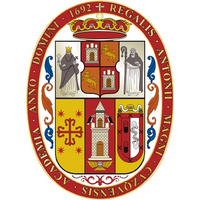
Universidad Nacional
Universidad Nacional de San Antonio
Abad del Cuzco Established in the 17th century, the Universidad Nacional de San Antonio Abad del Cuzco provides scientific, technological and humanistic professional training to university students and recognizes the values, principles and social responsibility of the natural-cultural diversity.
http://www.unsaac.edu.pe/
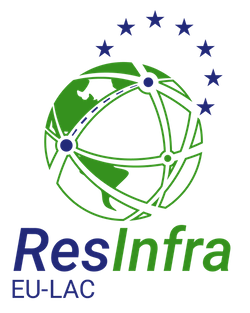
ResInfra
Resinfra EU-LAC
Launched in 2019, aims at identifying a number of Latin America and Caribbean (LAC) Research Infrastructures (RIs) that may be considered eligible for the construction of a bi-regional collaboration. The project aims to show the feasibility of the EU-LAC RI collaboration through existing examples, thanks to the development of four Pilots in different scientific domains that are linked to some existing Research Infrastructures: INSTRUCT-ERIC, LIFEWATCH-ERIC, E-RIHS and RICAP.
https://resinfra-eulac.eu/

SSHOC
Social Sciences and Humanities
Open Cloud (SSHOC) is a project funded by the EU framework programme Horizon 2020 and unites 20 partner organisations and their 27 associates in developing the social sciences and humanities area of the European Open Science Cloud (EOSC). SSHOC transforms the current social sciences & humanities data landscape with its disciplinary silos and separate facilities into an integrated, cloud-based network of interconnected data infrastructures. To promote synergies and open science initiatives between disciplines, and accelerate interdisciplinary research and collaboration, these data infrastructures will be supported by the tools and training which allow scholars and researchers to access, process, analyse, enrich and compare data across the boundaries of individual repositories or institutions.
https://sshopencloud.eu/
E-RIHS national initiatives
The E-RIHS national nodes are working on national initiatives and developing tools and strategies useful to all the heritage science community.
Heritage Science Data Archive
Heritage Science Data Archive (HESCIDA)
Heritage Science Elastic Archives
Heritage Science Elastic Archives (H-SEARCH)
H-SEARCH’s focus is twofold. On the one hand, infrastructure and procedures will be set out for long-term archival and preservation of the scientific archives, maximising the use of an established archive management solution, preferably open-source, and a long-term preservation platform. On the other hand, H-SEARCH aims to make the archives consultable online according to the FAIR principles. To achieve this goal, H-SEARCH will build on top of the tools that were set up in HESCIDA: the new BALaT institutional knowledge platform and the Dataverse repository. In the proposed project, BALaT will be further extended with full-text multilingual search capabilities that search within the archived documents. This will be achieved using OCR, natural language processing and Elasticsearch.
